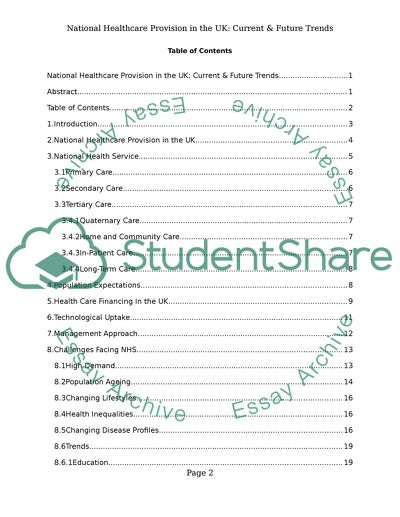Cite this document
(“National Healthcare Provision in the UK: current & future trends Essay”, n.d.)
National Healthcare Provision in the UK: current & future trends Essay. Retrieved from https://studentshare.org/health-sciences-medicine/1402656-national-healthcare-provision-in-the-uk-current
National Healthcare Provision in the UK: current & future trends Essay. Retrieved from https://studentshare.org/health-sciences-medicine/1402656-national-healthcare-provision-in-the-uk-current
(National Healthcare Provision in the UK: Current & Future Trends Essay)
National Healthcare Provision in the UK: Current & Future Trends Essay. https://studentshare.org/health-sciences-medicine/1402656-national-healthcare-provision-in-the-uk-current.
National Healthcare Provision in the UK: Current & Future Trends Essay. https://studentshare.org/health-sciences-medicine/1402656-national-healthcare-provision-in-the-uk-current.
“National Healthcare Provision in the UK: Current & Future Trends Essay”, n.d. https://studentshare.org/health-sciences-medicine/1402656-national-healthcare-provision-in-the-uk-current.


